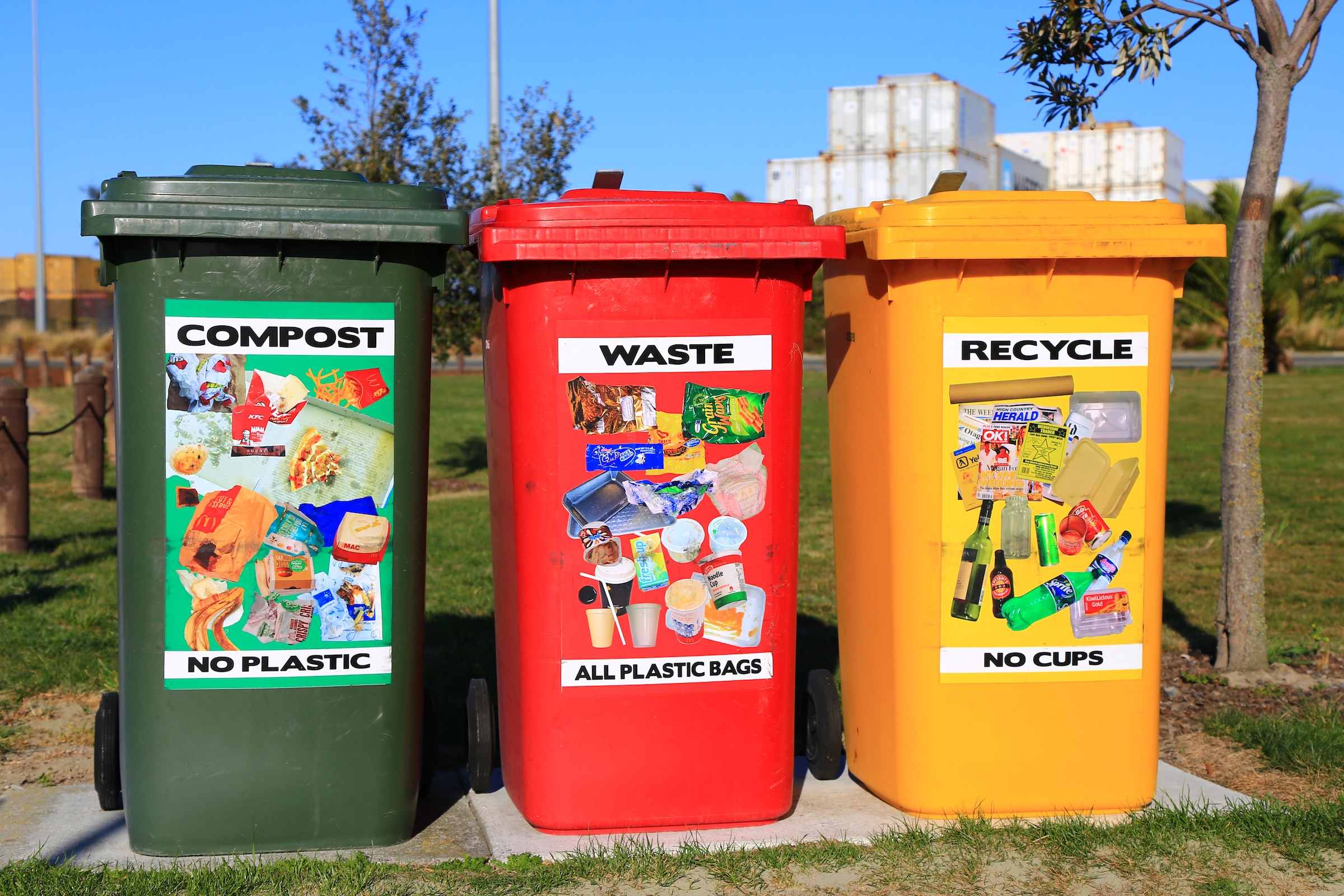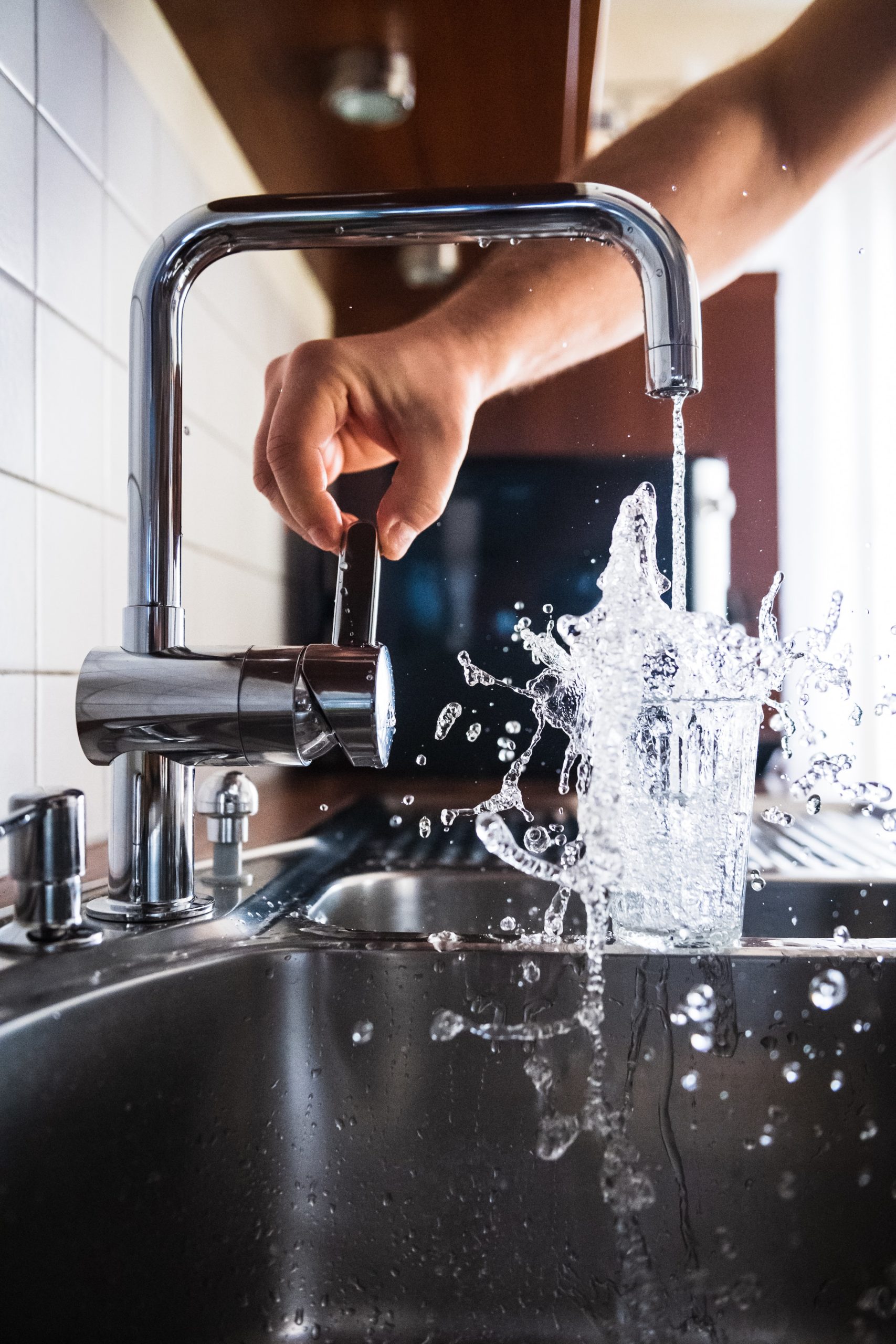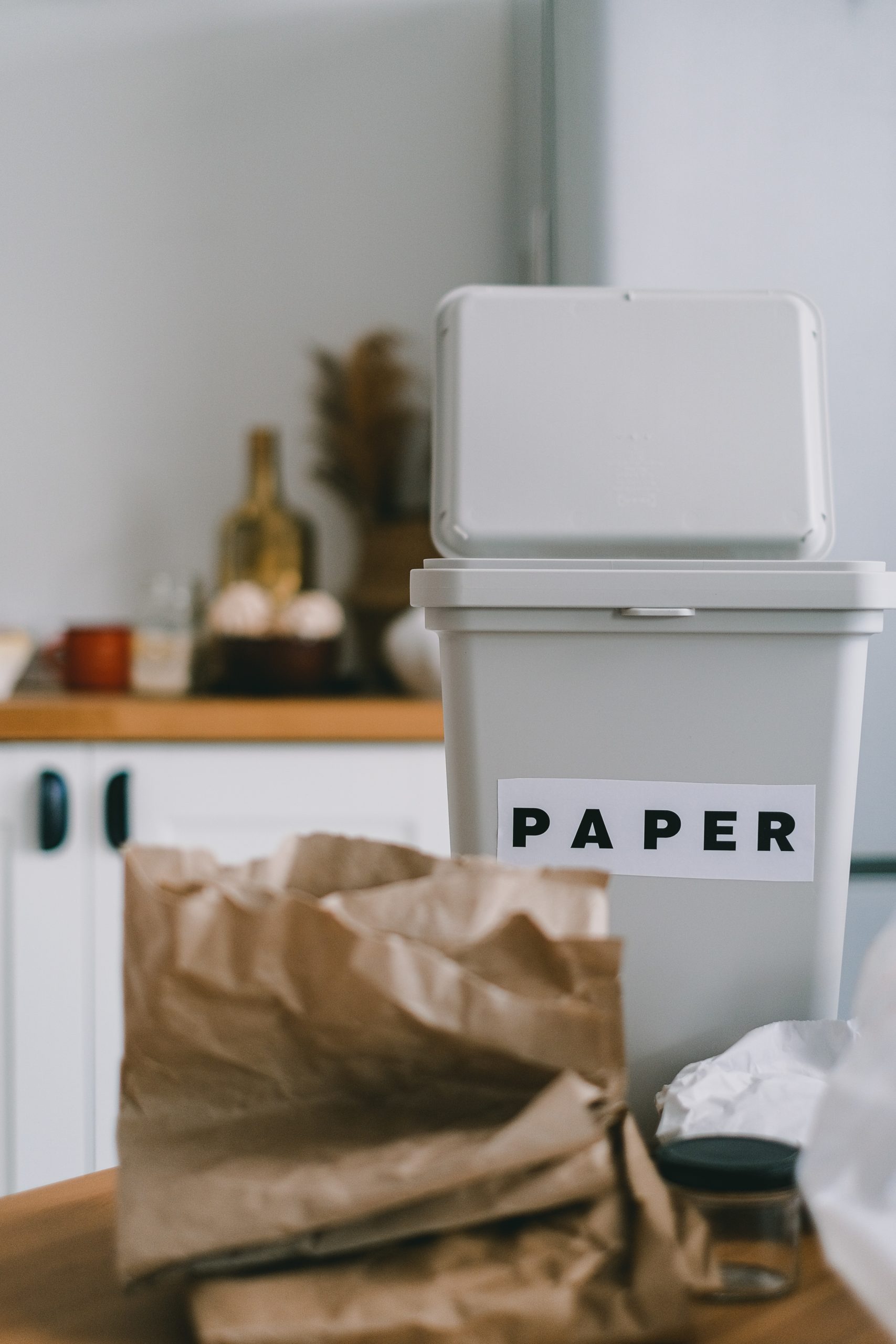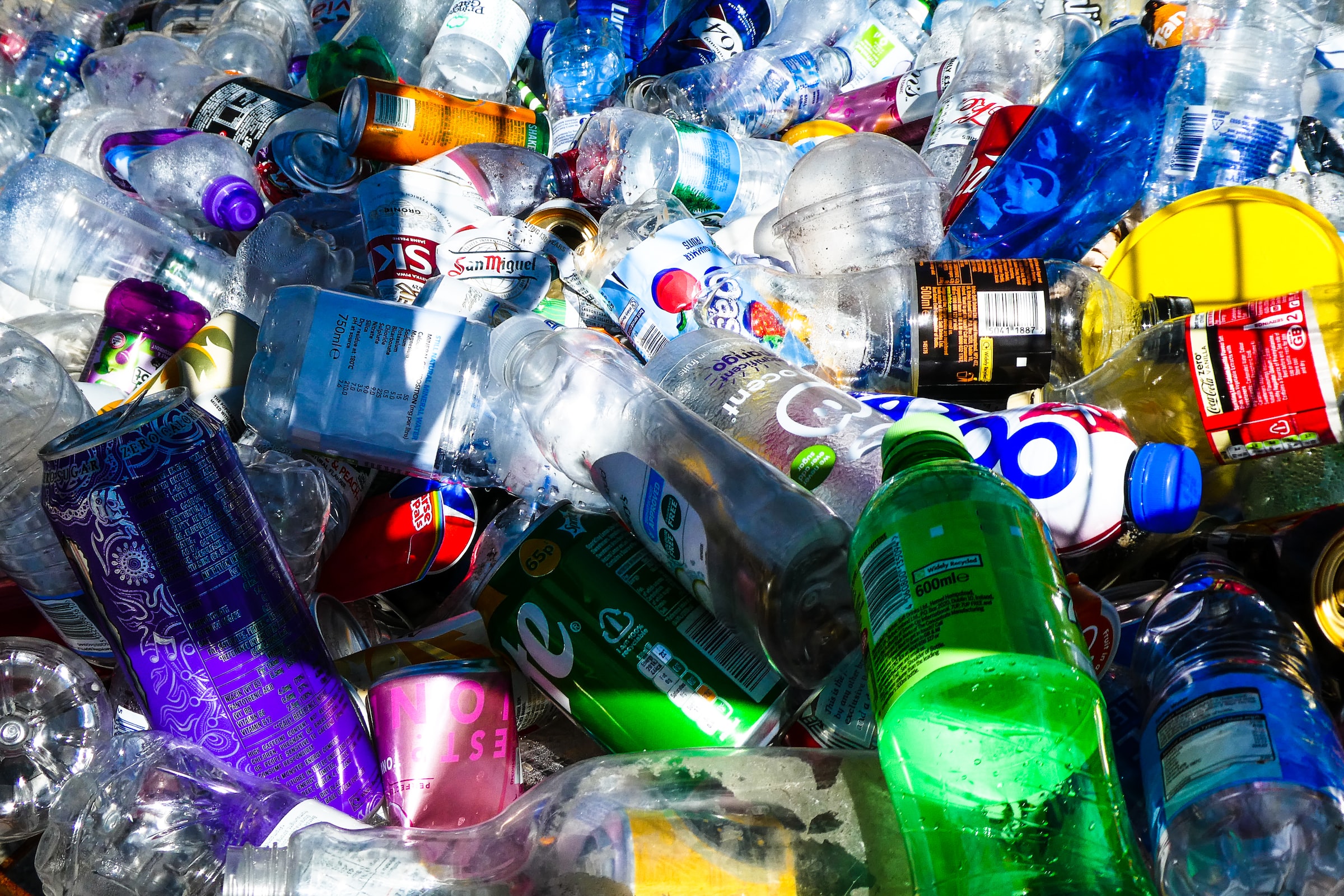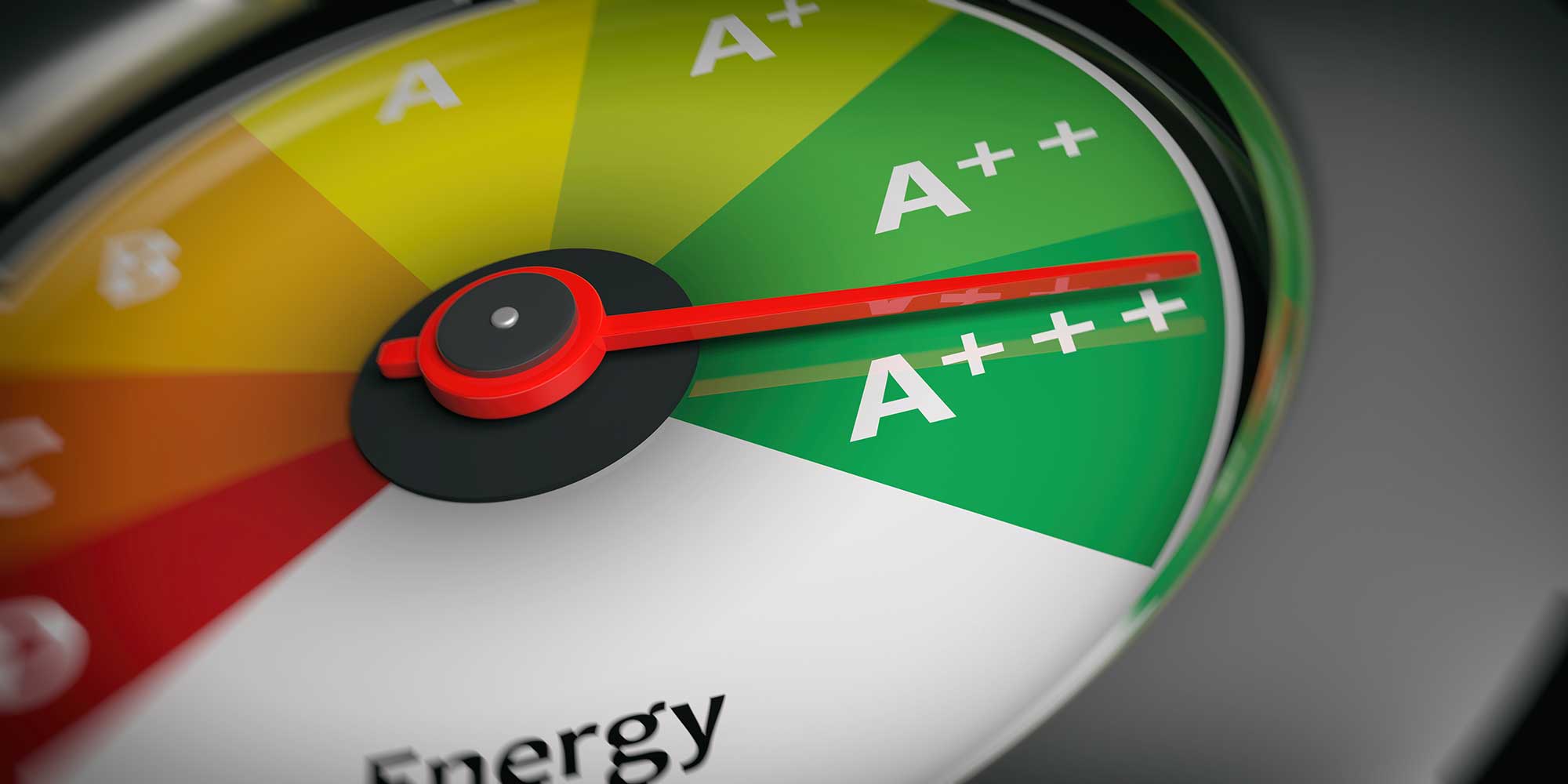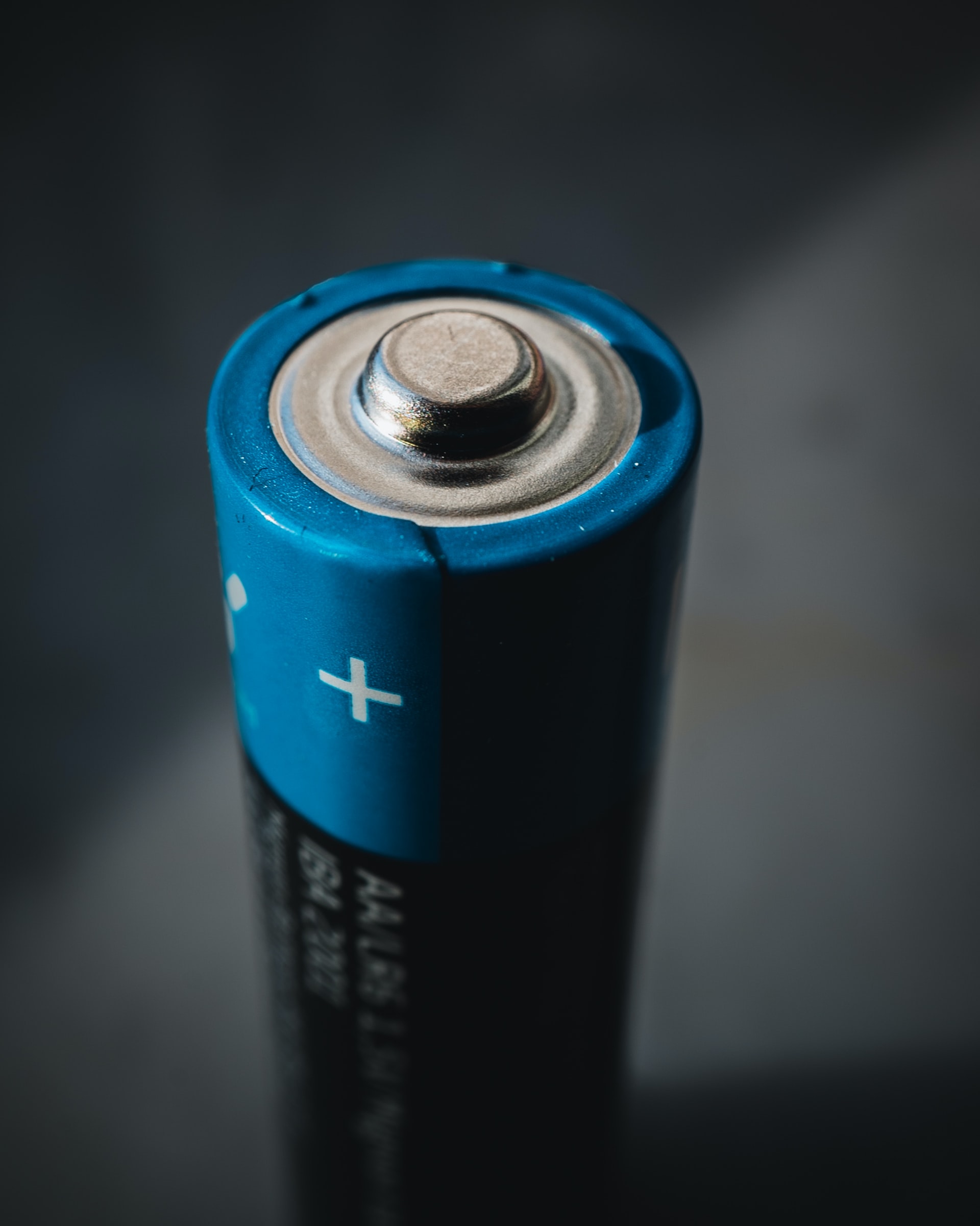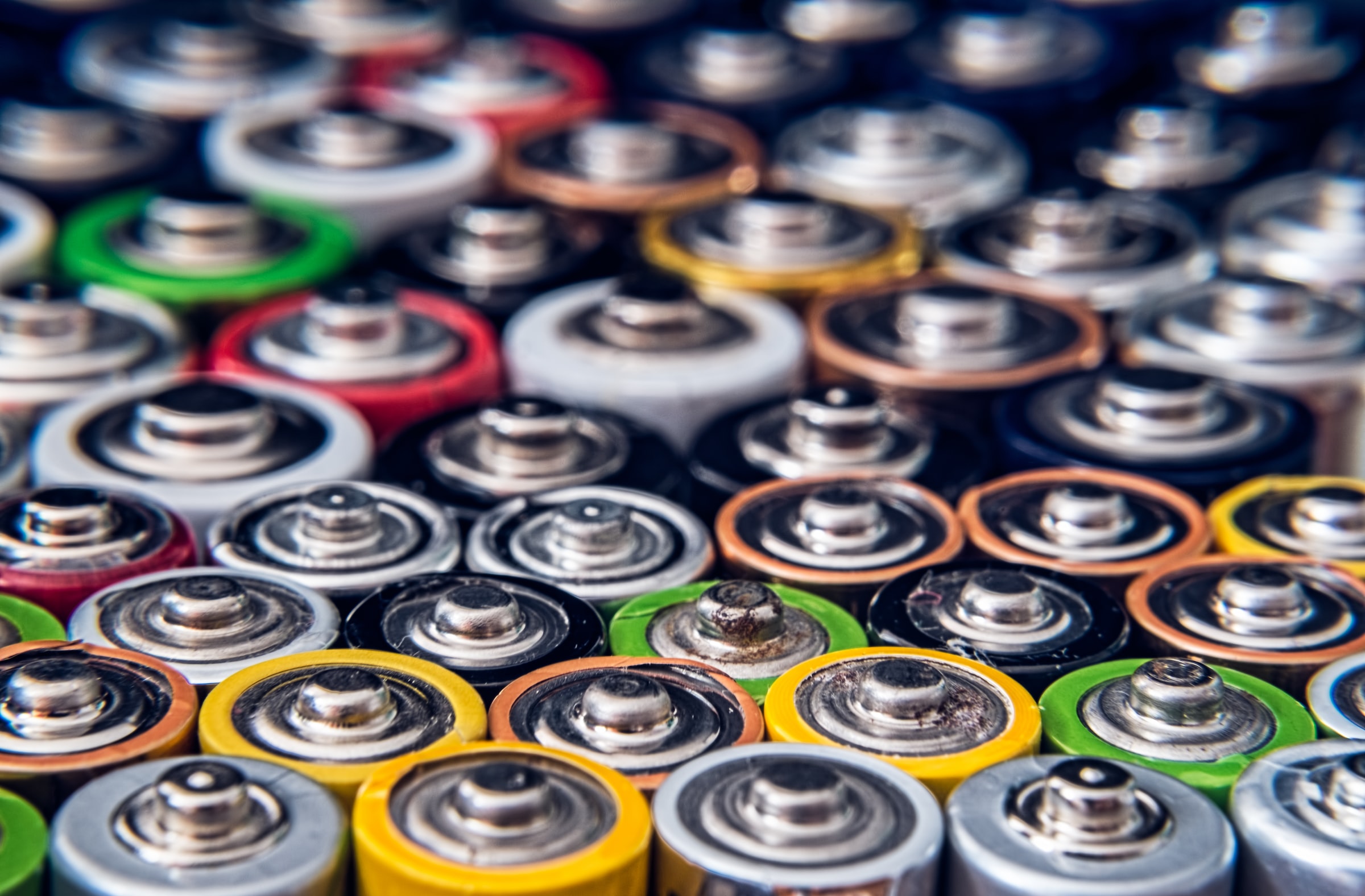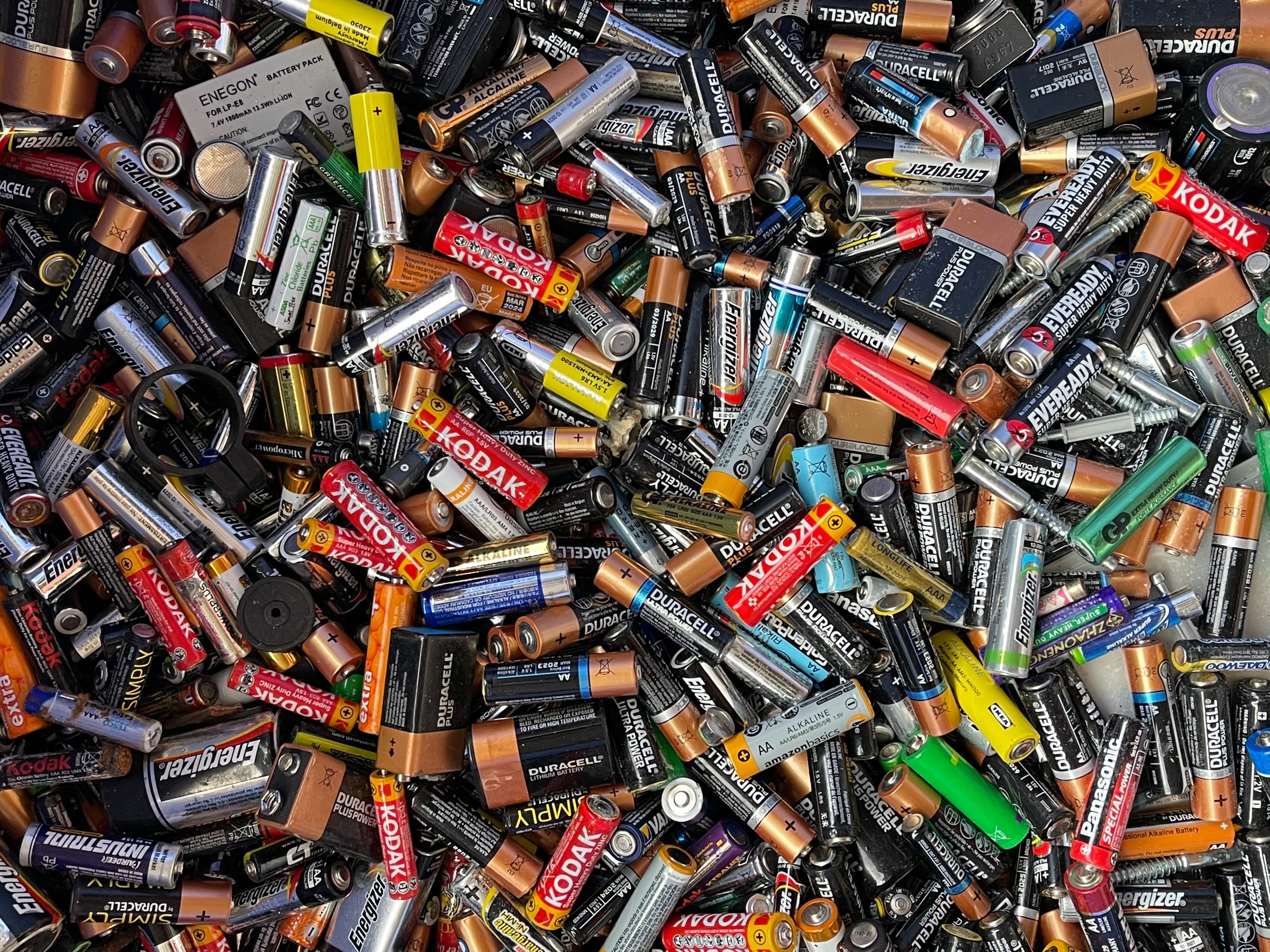Several methods have been deployed to preserve the environment with the piling up of waste and their long degradation time. In the waste reduction framework, they are sorted according to their categories and recycled for the manufacture of new products. So, without further ado, let’s dive into this blog and learn some of the things you need to know about recycling.
Recycling plastics
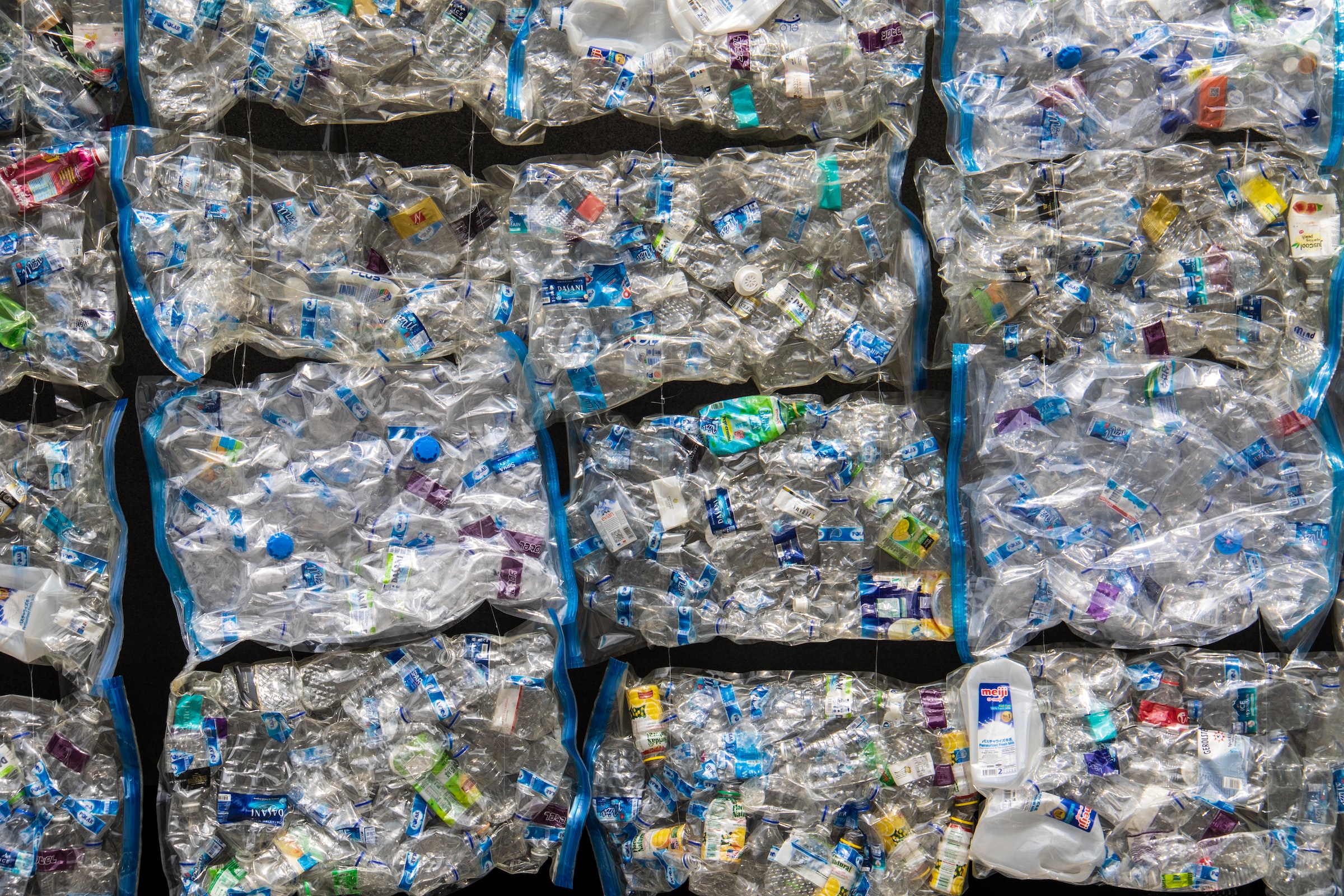
Lightweight and easy to use, plastics are essential to our daily lives. They are, however, used for a short period of time, but once thrown away; they do not degrade easily. Therefore, restrictive measures have been imposed to limit plastic consumption. In the meantime, some have chosen to opt for recycling for optimal use. To do this, manufacturers have marked a triangular logo indicating their level of recycling.
Indeed, some plastics, such as yogurt pots and plastic bags, are not profitable for recycling, as the quantities of materials that make them up are very small. On the other hand, recycling opaque containers such as milk bottles and transparent bottles such as water bottles are both economic and beneficial.
Classified as HDPE or high-density polyethylene, opaque plastics are strong and resistant to chemicals and other impacts. Transparent plastics are classified as polyethylene terephthalate or PET. They are light, waterproof, and gasproof, but also strong.
To recycle, a large number of bottles must be collected. You can rent a dumpster to facilitate collection and processing. After collecting the plastics, the PET bottles are ground into flakes, washed, and stripped of their labels. Then they are subjected to a high temperature for a homogeneous assembly.
This component can be used in manufacturing new bottles or in manufacturing polyester fibers, including fabrics, carpets, and synthetic cottons. As for HDPE, the recycling process is almost the same as for PET, but it can be used to make watering cans, chairs, or even pipes.
Paper and cardboard recycling
Paper, juice cartons, and cardboard also make up a large part of the waste stream. Fortunately, they are perfectly recyclable. To do this, they are crushed and immersed in a large tank to remove impurities, including staples, glue, etc. After grinding, the inks and water contained in the pastes are extracted. The pulp is then processed into new paper, cardboard, toilet paper, and gift wrap.
Recycling of metal materials
Like wrought iron, cans and tins can be recycled in several ways. Steel is widely used in the manufacture of household appliances, automotive parts, and new cans. Aluminum is used in the manufacture of trays, automotive parts, kitchen utensils, and windows. The recycling steps are crushing, thermal cleaning, melting in a 1600°C furnace, and processing.
Glass recycling
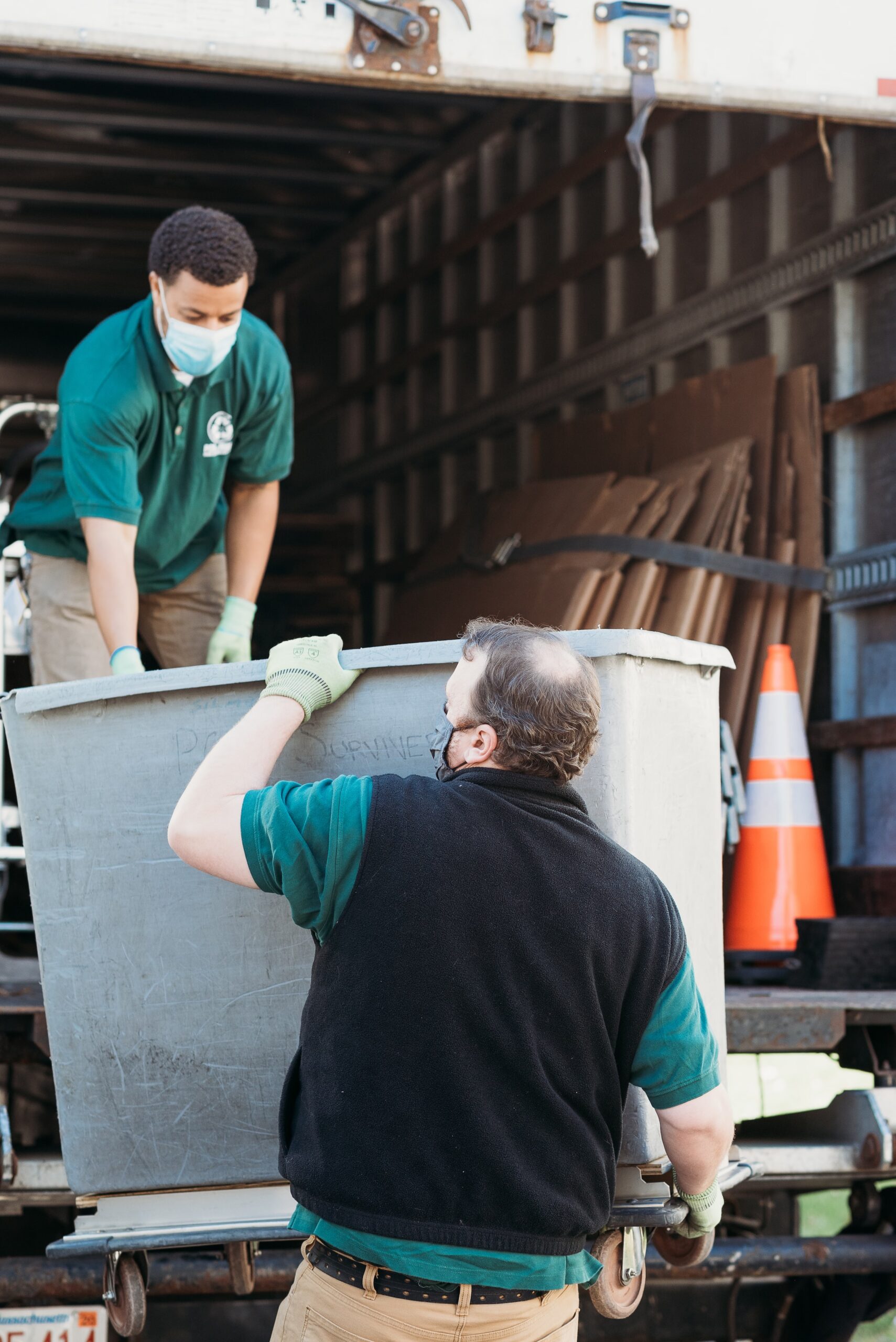
Glass packaging is very popular for serving and storing food. It is heat and gas-resistant and preserves the quality of the food. Moreover, it is almost intact and without wear after use. This characteristic gives it a very special second life, including the manufacture of bottles, flasks, and jars. To do this, start by gathering a pile of glass in the trash. Since it is sharp and difficult to work with, it is essential to hire a skip-hire service to help you with the collection and recycling work.
Once collected, the glass containers are sorted and stripped of caps and other accessories. They are then crushed to obtain a cullet. At a very high temperature of 1400°C, the cullet is melted and mixed with other components such as silica and soda, colorants, and limescale. These components prevent the crystallization of the glass in order to obtain a tight and solid material. The melted paste is then blown and cooled to produce new products.
Sound off in the comments section below, and tell us what you want to read next and if you want to read more about recycling.
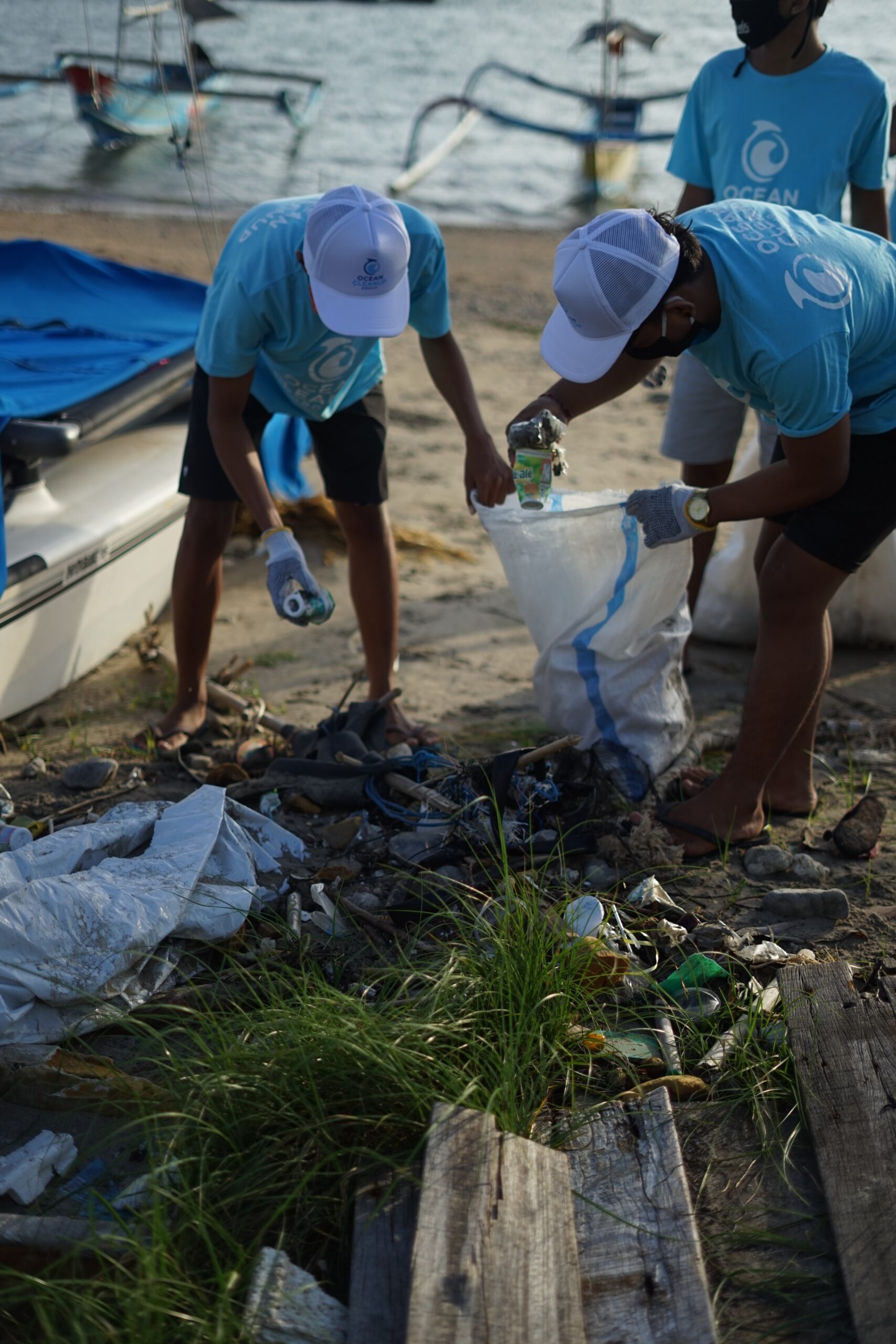
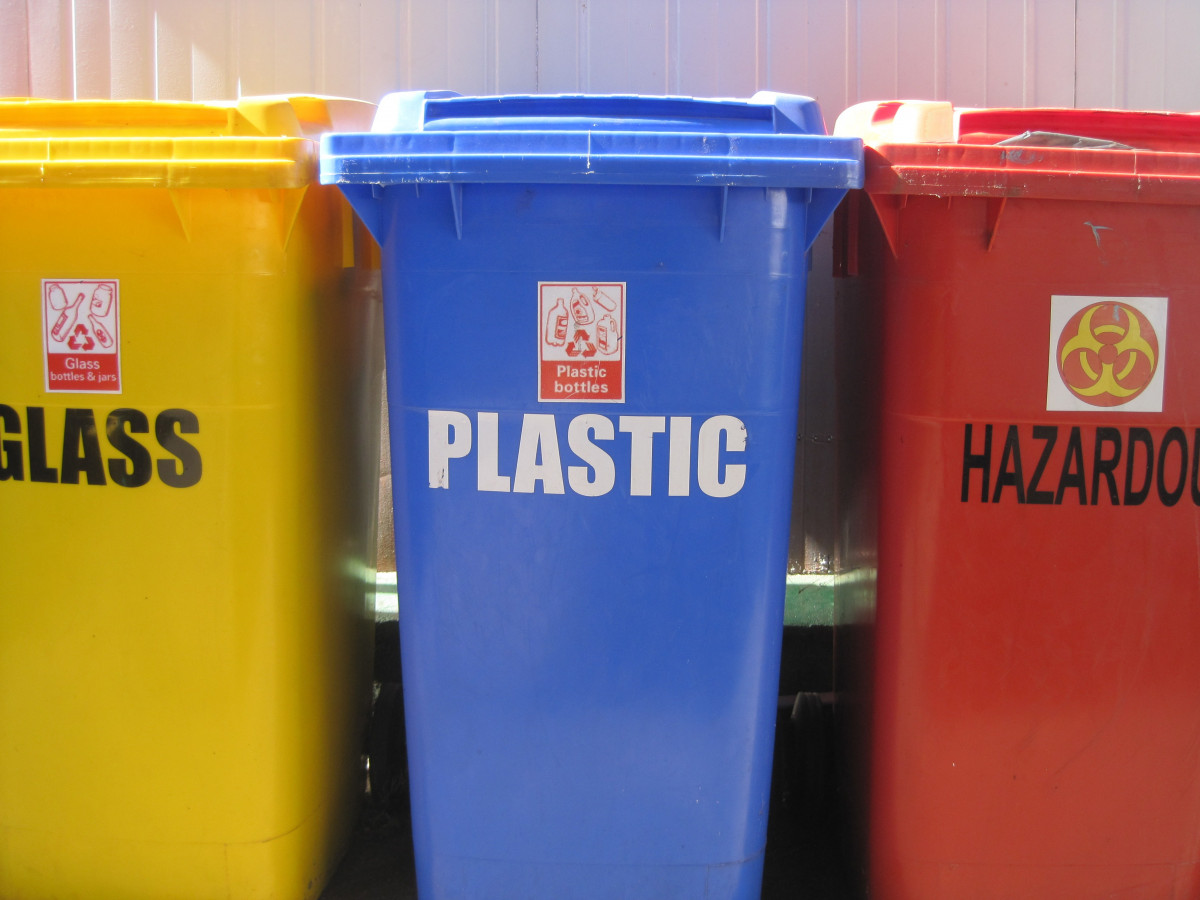
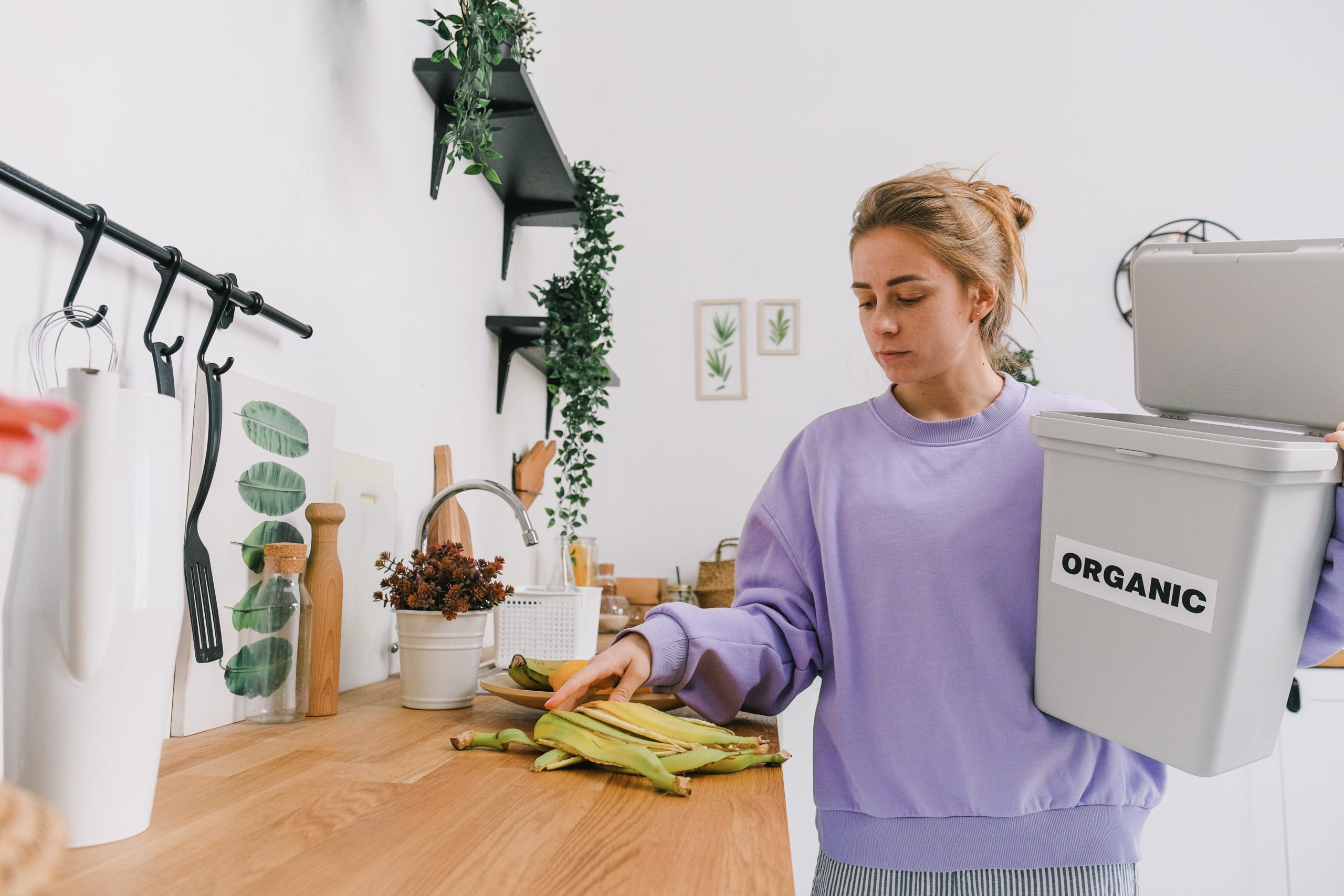
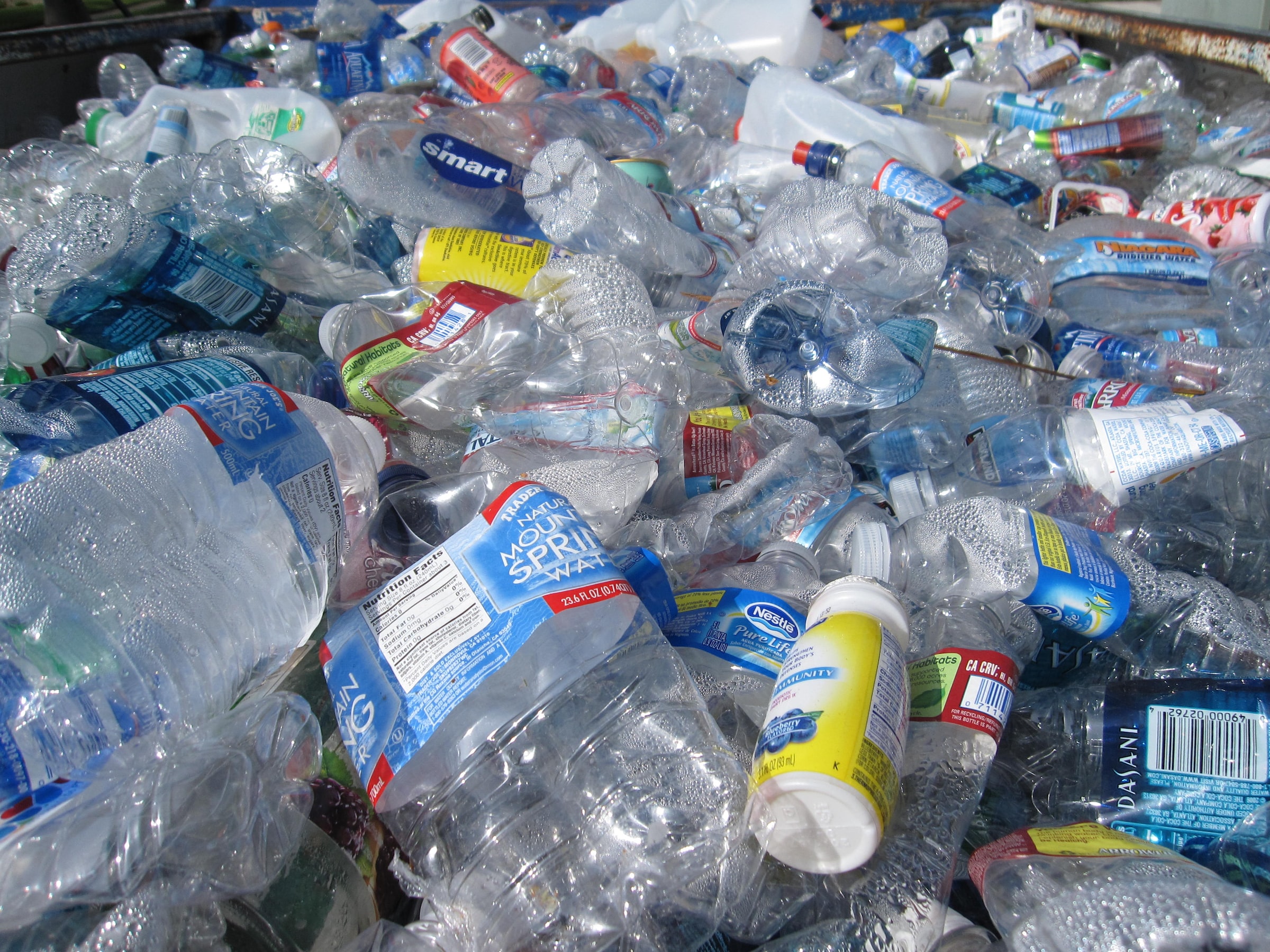
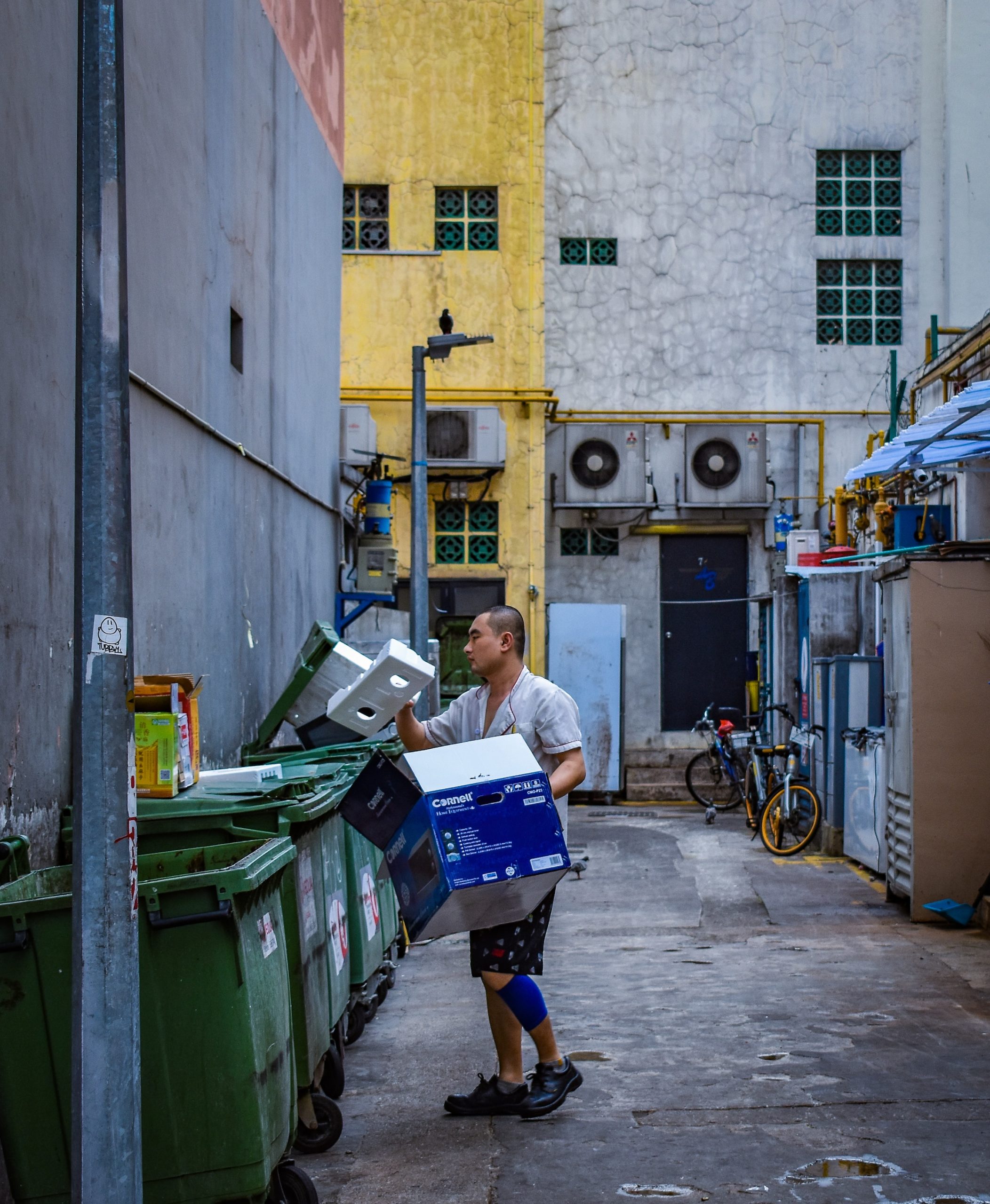
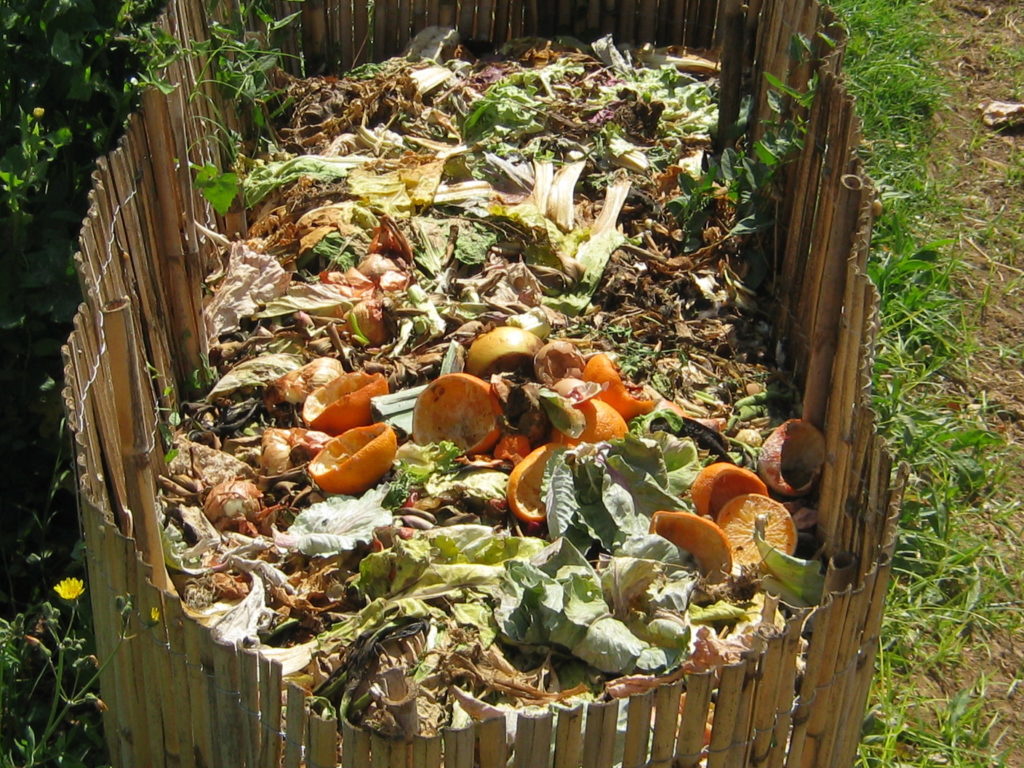
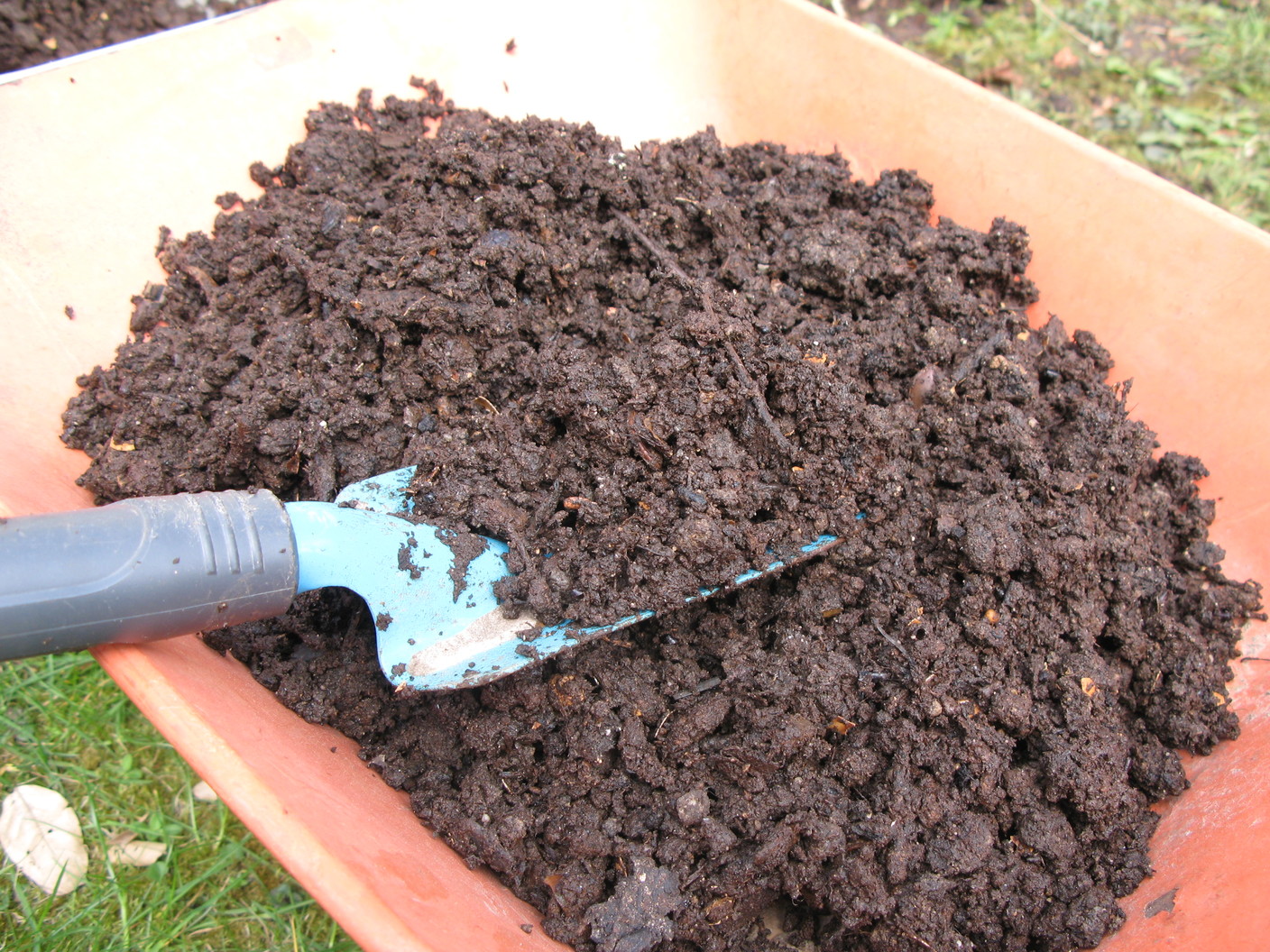
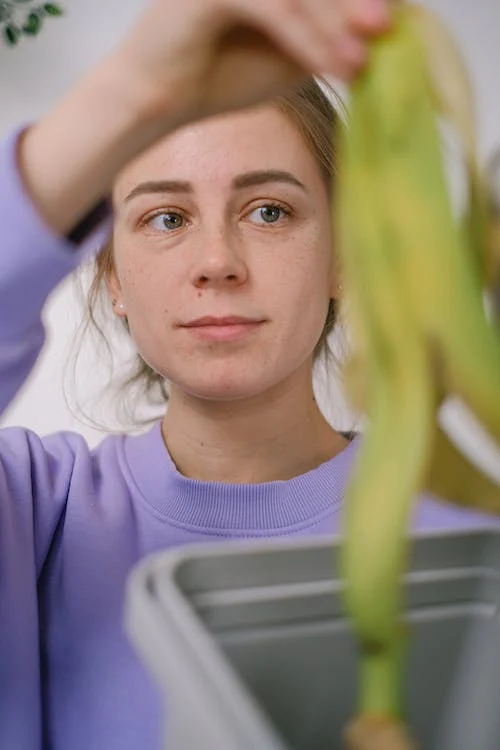

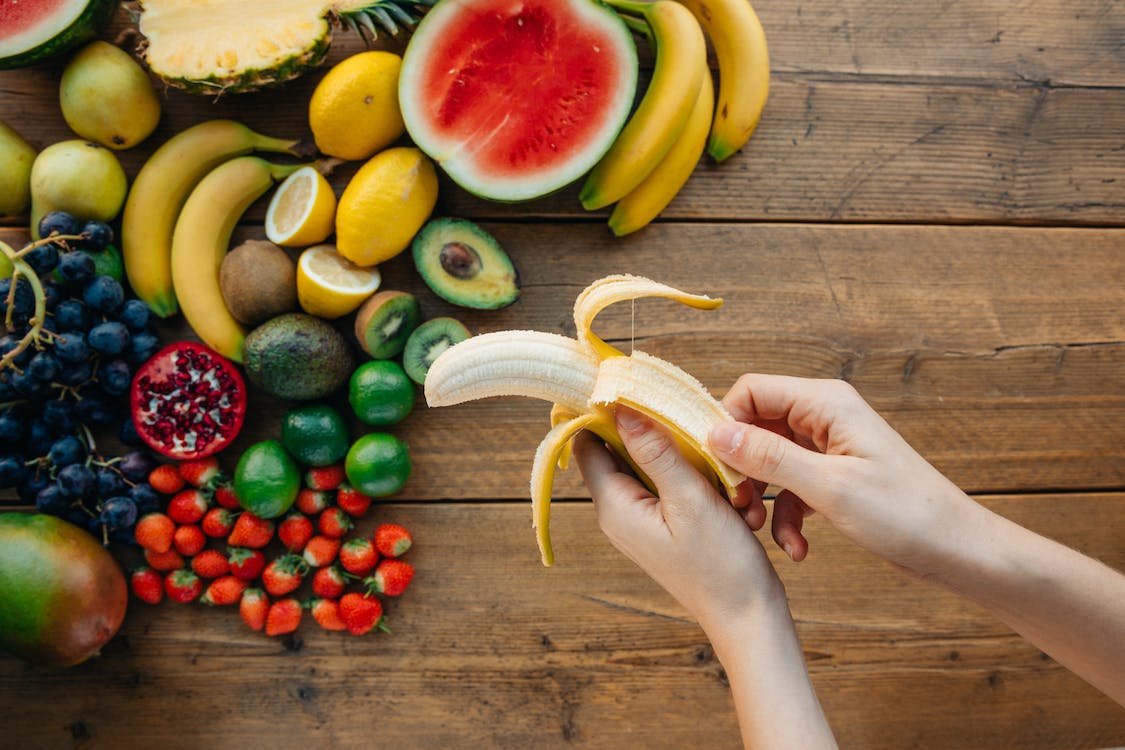
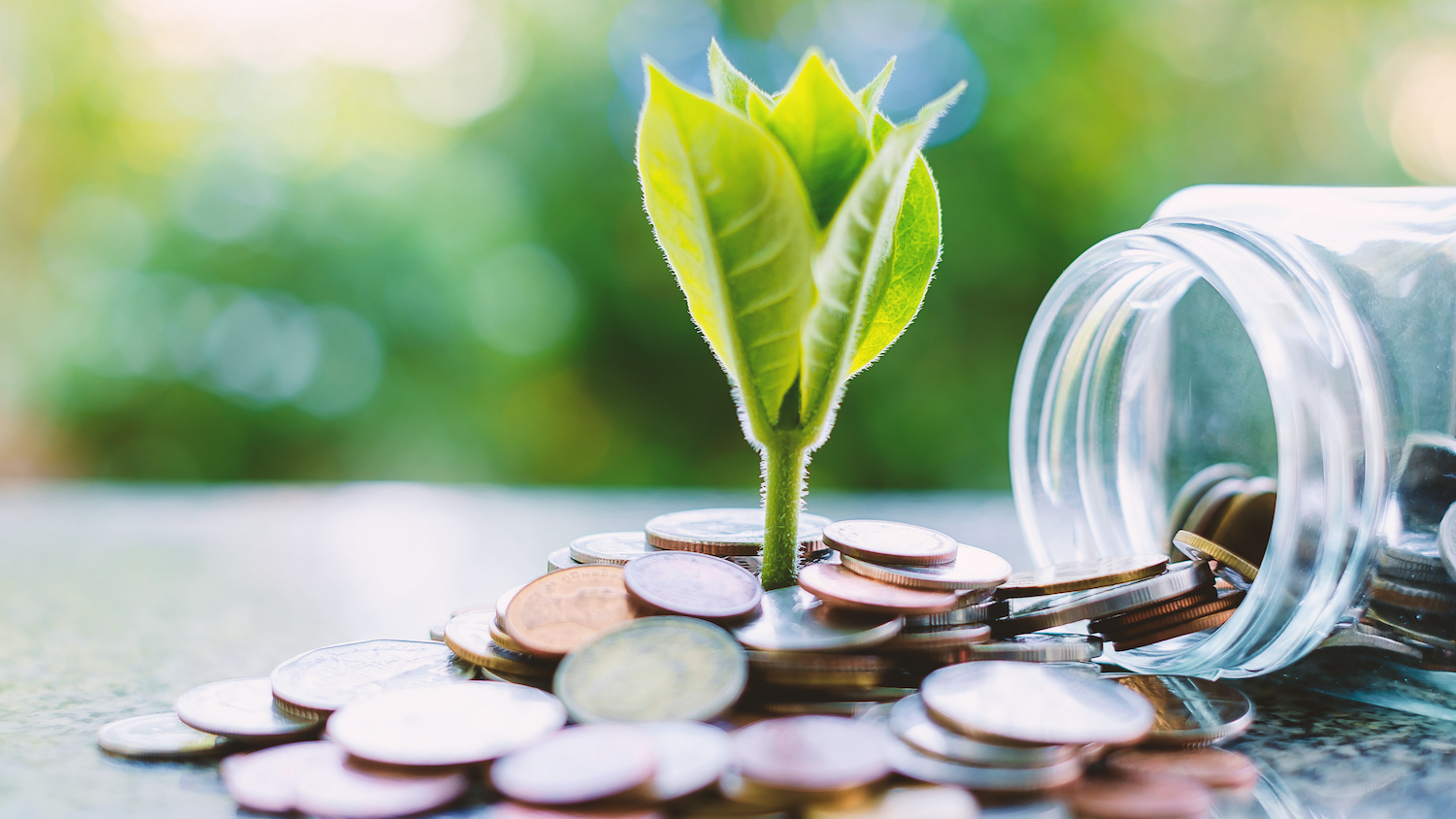
 “I just don’t have time for it!”
“I just don’t have time for it!” Global warming is a threat to our environment and the only way to protect it is to build a green economy. But if you ask people if they are willing to live a more sustainable lifestyle, a great percentage would respond with a “no” and the number reason lies in the belief that green alternatives are very expensive.
Global warming is a threat to our environment and the only way to protect it is to build a green economy. But if you ask people if they are willing to live a more sustainable lifestyle, a great percentage would respond with a “no” and the number reason lies in the belief that green alternatives are very expensive.